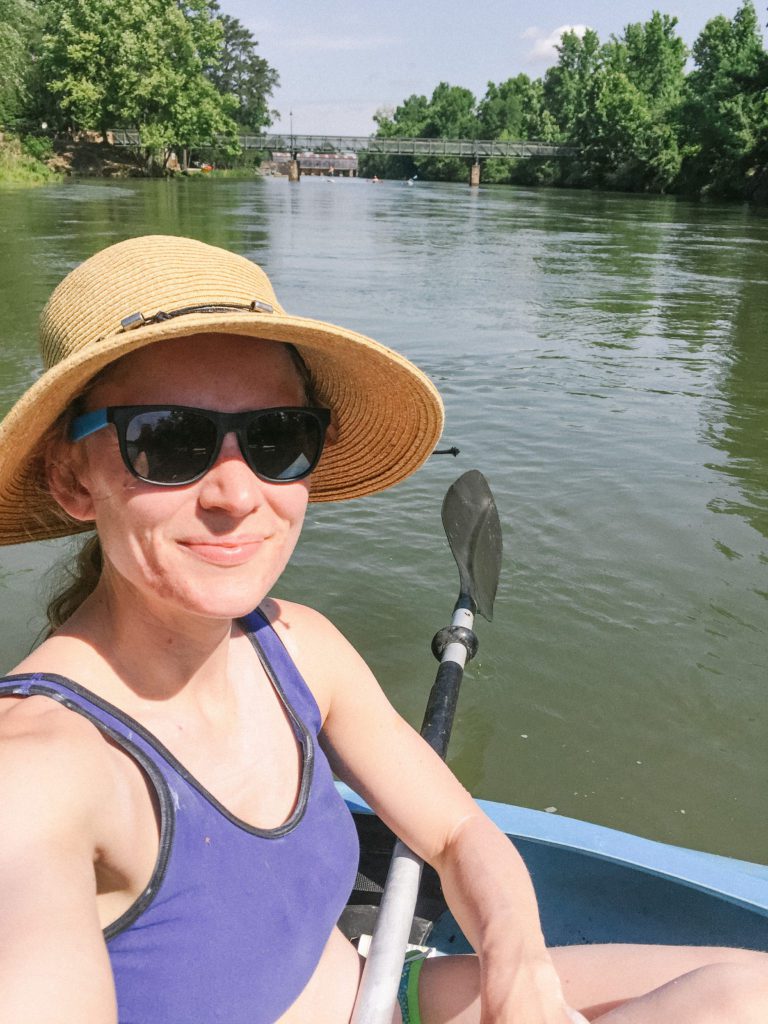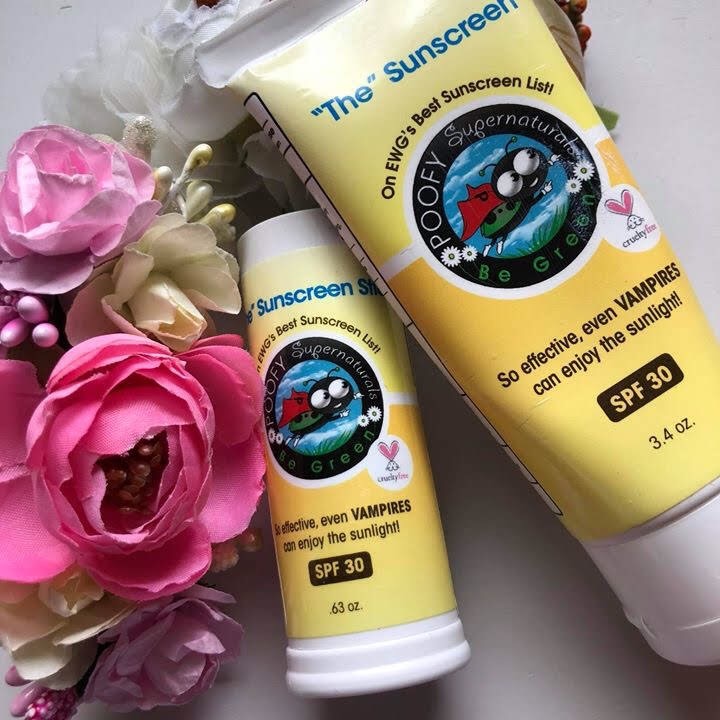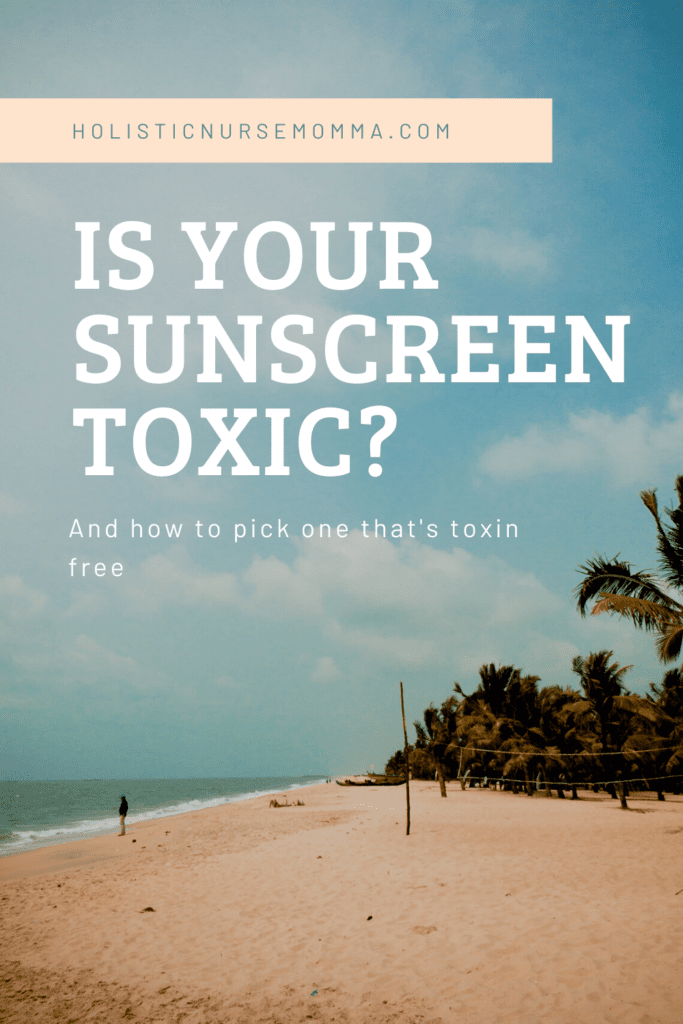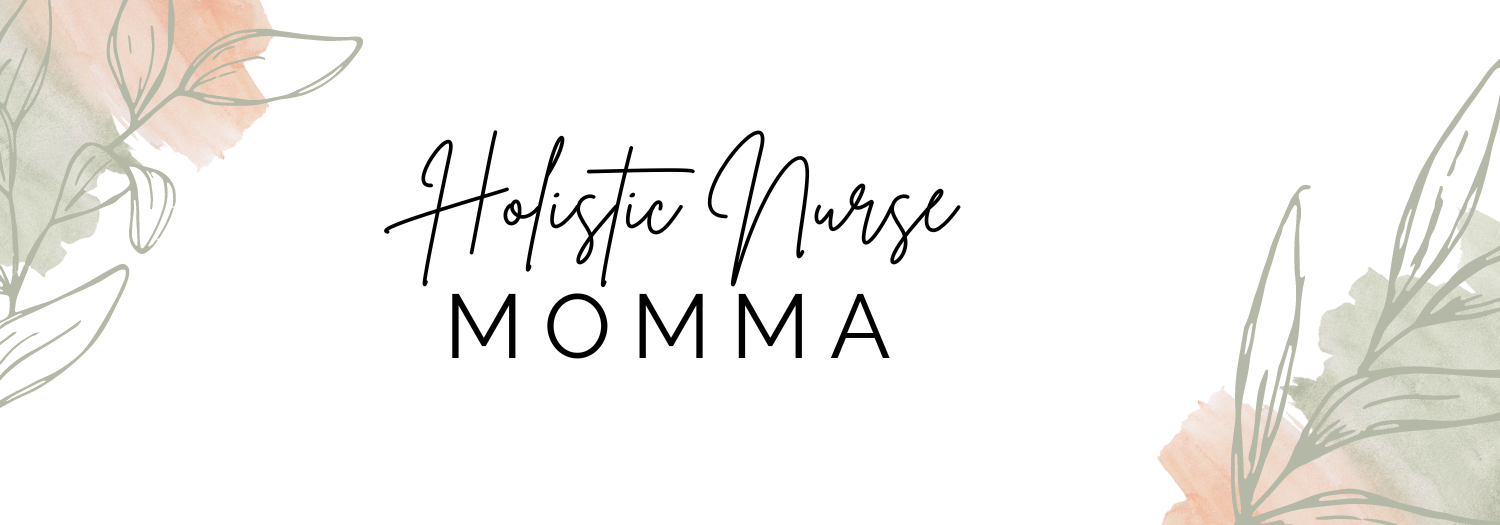Here comes the sun, doo dun doo doo. Here comes the sun, and I say, it’s alright. Little darling, it’s been a long cold lonely winter…
Flashback to 2016, we’d been playing on the beach all day. Swimming in the ocean, building sandcastles, and enjoying our time before J was deployed. I made sure baby S was under the umbrella, slathered in sunscreen, sunglasses on, and topped with a cute sun hat. I even made sure J was helping me get my back every two hours. It’s comical looking back, but at the time I was furious. When we came in for the day, I had one big hand swipe on my back where I wasn’t burnt..the rest was red & the damage done.
Love being out in the sun, but hate the damage it can cause? Yay, me too. I’m fair skinned so I’m no newb when it comes to sunburns. Ever since becoming a momma, my advocacy for practicing safe sun has gone into overdrive. We love to get outside, soaking in fresh air and vitamin D, but I diligently apply sunscreen every two hours, wear a hat & sunglasses, & stay in the shade as much as possible to protect my skin. What I didn’t realize in my early days was that my sunblock was harming not only me, but the very nature I was enjoying.
Skin Cancer Rises
The rates of skin cancer have tripled since the 1970s. Even though sunblock is tooted as the best protection (next to avoiding the sun altogether), there is no clear reason for the rise considering 57.9% of American men and 73.2% of American women report using sunscreen on exposed skin.
The sunscreen manufacturing industry has seen a 2.3% rise in profits from 2014-2019, according to the market research company IBISWorld. This would suggest we’re using MORE sunblock, right? So rates SHOULD be decreasing.
And we’d expect to see the increase in skin cancers be closer to the equator (or in the US, in the southern states) too, right? This study looked at different countries and found that the closer you are to the equator actually DECREASES your chances of skin cancer. And yet another study showed that 50,000-63,000 Americans cancer cases were attributed to vitamin D deficiency while it was estimated that only 12,000 would die from skin cancer.
Well, that goes against logic in my brain. But maybe closer to the equator they’re smarter when they’re in the sun and get the added immune benefits of vitamin D..I dunno.
I’m a huge advocate that we need to get outside and soak in some sun – but we also need to do it smartly. You shouldn’t believe the claim on sunscreens that say they ‘prevent skin cancer’ because this isn’t true.
The Thing About SPF…
I grew up thinking that a higher SPF meant I was somehow protected more, but this isn’t the case. What SPF does mean is that you’re able to stay in the sun without burning. So 30 SPF means you should be able to stay in the sun 30x longer without. But, this doesn’t account for sweat or playing in the water, both of which wash off sunscreen. It’s also recommended you go no longer than 2 hours between sun screen applications.
Another important note is that an increase in SPF (although about 50 is the max) means it may protect you more against UVB, this doesn’t mean you get an increase in protection from UVA – the melanoma causing rays.
Don’t Use Spray On Sunscreens
Yes, they’re convenient, but convenience doesn’t go hand in hand with effective or safe. It’s harder to ensure you got your entire body covered and that it’s covered equally with spray ons. You also INHALE the sunscreen, which is horrible for your lungs and overall health.
Is Your Sunscreen Toxic?
Below I’ve listed some ingredients you most certainly don’t want on your skin in the sun. You can head over to EWG’s skin deep data base to check out your sunscreen (I noticed EWG’s site doesn’t want to work properly in Chrome recently, so make sure you have IE or Safari ready).
Vitamin A, labelled as both retinyl palmitate and retinoic acid, was believed by skin care manufacturers believe it slows aging, which it may when used internally. But when applied topically, it’s suggested to accelerated the growth of certain skin cancers.
4-MBC, or Enzacamene, used as a UVB filter but found in mother’s breastmilk and wildlife. Lab tests suggests this chemical causes hormonal disruption, so let’s not feed it to our babies!
Oxybenzone has potential to disrupt hormones & cause allergic skin reactions. The FDA says there isn’t enough data to label it as ‘safe’, but grandfathered it in to be used in sunscreens. It has routinely been detected in 96% of Americans & in higher concentrations in those who use more sunscreen. Also, causes harm to marine life.
Methylisothiazolinone is used as a preservative. It’s a skin sensitizer or allergen and has been found in baby products labelled as ‘hypoallergenic’. In 2015, the European Scientific Committee on Consumer Safety concluded there is no safe levels when a product is left on the skin (ie. sunscreen, baby wipes, etc).
Nanoparticles (zinc oxide or titanium dioxide) can cause lung damage when inhaled (spray sun screens) or GI damage when ingested (lip balms/sunscreen on lips). This has also been found in colorants for doughnuts and M&Ms.
Or maybe the ingredients are destroying marine life…
Octinoxate, Octocrylene, Benzophenone-1 & -8, OD-PABA, 4-Methlbenzylidene camphor, 3-Benzylidene camphor, nano-titanium dioxide, & nano-zinc oxide: these damage marine life in a variety of ways, to include:
- Impair growth and photosynthesis of green algae
- Bleach & damage coral.
- Deform and even kill young coral
- Defect young mussels
- Damage the immune and reproductive systems of sea urchins
- Decrease fertility, disrupt reproduction, and cause female characteristics in male fish
- Much like in humans, can accumulate in tissues and be passed to baby dolphins
How to Practice Sun Safety
Now I’m not saying don’t go outside, but there are some things to keep in mind when you’re outdoors:
- You wear a hat and sunglasses

- You stay in the shade when possible
- Avoid the sun between 10a-2p
- Wear sun shirts and leggings
- Use safe sunscreen
To find a safe sunscreen, head over to the EWG. They have looked at ingredients and effectiveness of a range of sunscreens. In our house, the entire family uses this sunscreen, and the sunscreen stick for our face. It is thicker, but provides me with peace of mind on my little ones skin and my fair skin! Plus, I can really see where it covers to know it’s on.
Wanting to learn more about ingredients to avoid? Hop over here to read about 5 ingredients to avoid in your skin care products.
*Heads up, if you purchase the sunscreen I have linked, I will get a small commission for your purchase. I super appreciate this as it helps me keep this blog running, but it is also a brand I use and trust!*


Leave a Reply